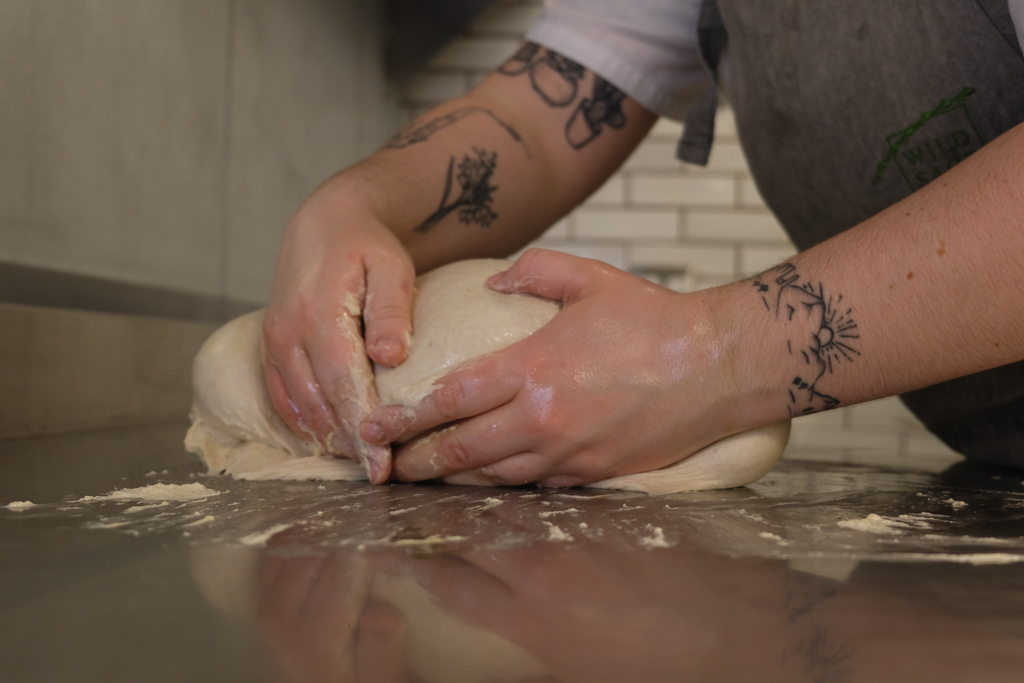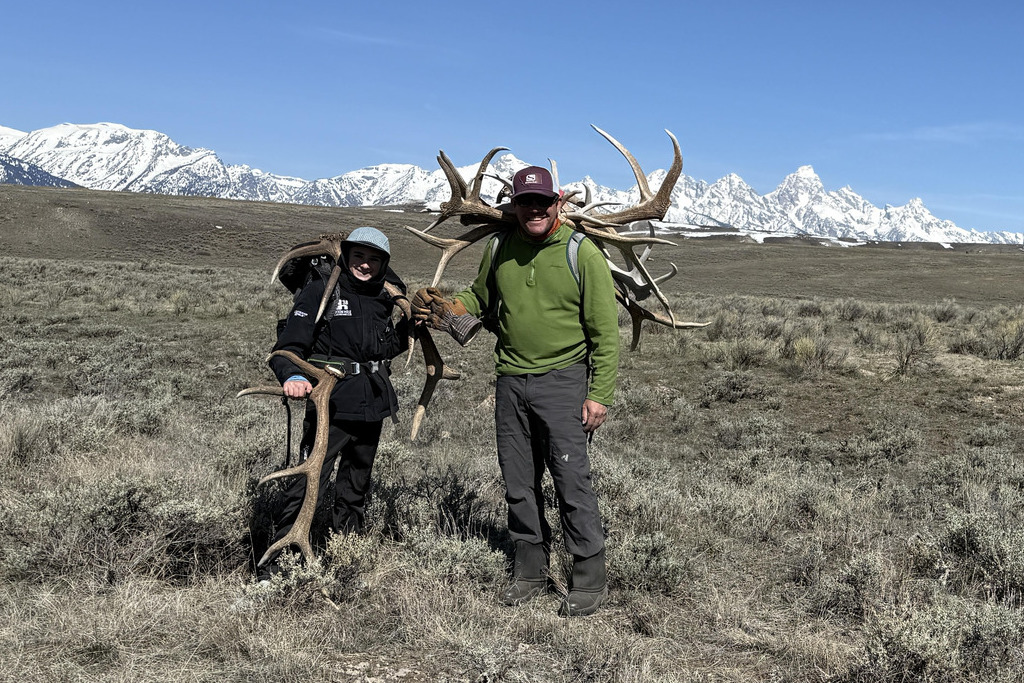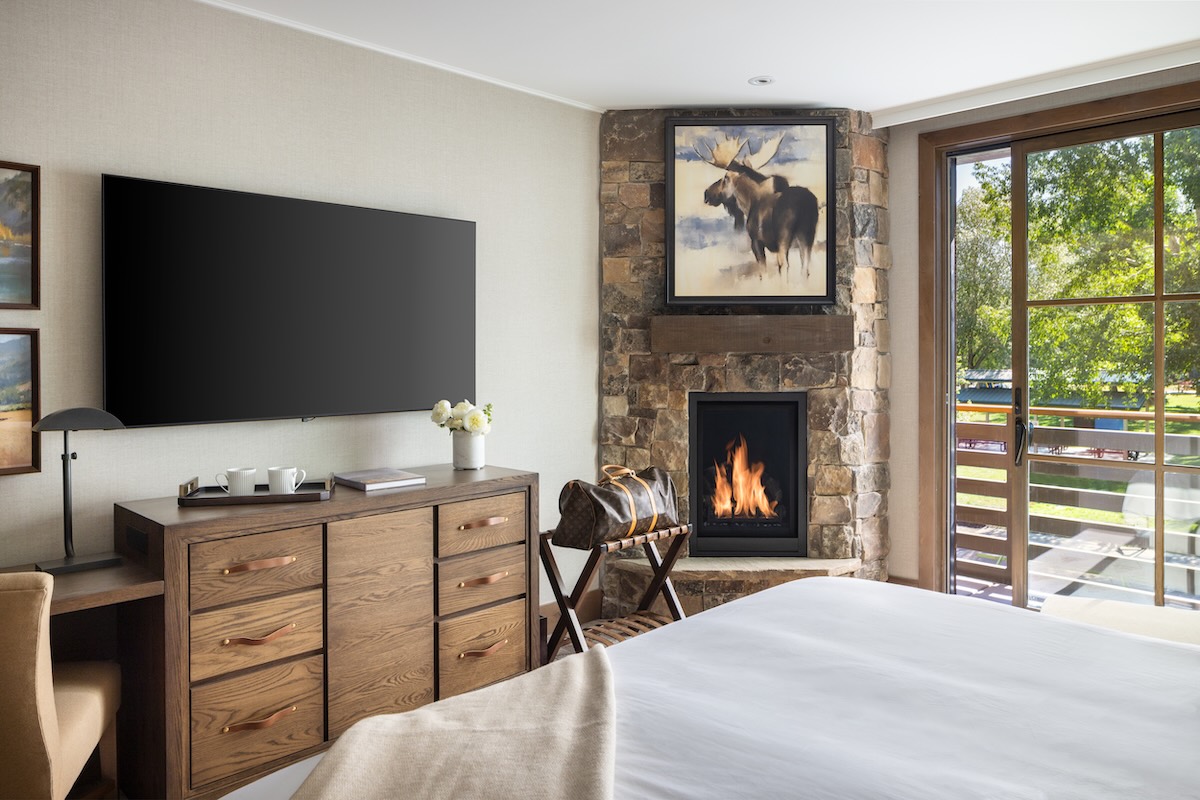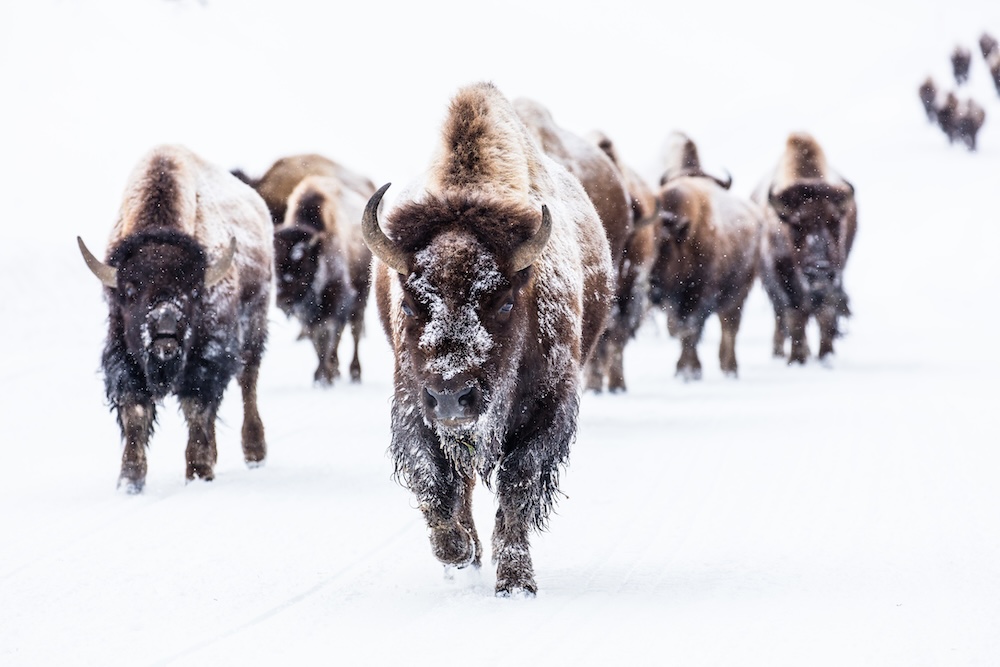Wild Sage Focaccia
The Wild Sage’s house focaccia has been a staple on our dinner menu from day one, it is also available as a jam & toast offering on our breakfast menu. The recipe is near and dear to our chef’s heart. It is the quintessential simple bread done right: four ingredients, 24 hours of bulk fermentation, baked daily before dinner service. It would be impossible to share the recipe without bringing up the flour: Maestro, a specialized flour from Molino Pasini in Mantova, Italy. This flour gives us our characteristic crunch, as well as a depth of flavor that can only be achieved with a touch of whole grain flour in the blend. A great result can still be achieved by substituting with any bread flour, but we would recommend seeking out some interesting producers, either local or otherwise, and experimenting. In any case, here’s our recipe, which has been adjusted to fit a half sheet pan (13” by 18”).

Ingredients:
– 1120g Maestro flour (or any other bread flour).
– 940g cold water.
– 14g active dry yeast.
– 150g sourdough starter or poolish (doesn’t need to be very active, as we use active dry yeast as well, in our case, it functions mainly as a flavor enhancer, as well as a bit of additional help with rise).
– 22g fine sea salt.
– Extra virgin olive oil (we use unfiltered Basirico).
– Maldon salt, for finishing.
Equipment:
– Stand mixer and dough hook (the mixing can be done by hand, but due to the hydration level of the focaccia, can be quite messy and challenging).
– Plastic bin with lid, for bulk fermentation.
– 13 by 18 sheet/bun pan.
– Parchment paper, fitted to the pan.
– Convection oven.
Procedure:
– Place your flour and yeast in the bowl of your stand mixer and mix on low speed with dough hook until combined.
– Add the cold water and mix on medium low speed for 6 minutes, or until a rough dough forms.
– Cover and rest for 10-15 minutes.
– Add the starter and salt and mix on medium high speed for ~10 minutes, or until the dough passes the windowpane test.
– At this stage I like to slap and fold the dough on my countertop until a nice smooth ball forms, then I place it into a lightly oiled plastic bin, close with lid, and refrigerate for about 24 hours, or until the dough doubles in size.
– Remove dough from the fridge, line the bottom of the half sheet tray with parchment paper and lightly oil the bottom of the pan with your hand.
– Preheat your convection oven to 425 degrees, with fan on (if you don’t have a convection oven, just crank the heat to 475, or even 500).
– Very gently, without disturbing the fermentation, transfer the dough from the plastic container onto the lined half sheet train and stretch it with your fingers towards the corners of the pan. The dough should touch all corners and sides of the pan. If you can’t quite get there, let the dough relax a few minutes and try again until you get there.
– Now comes time for the second rise, I like to place another inverted half sheet pan on top of the bread, to give it room to rise while also preventing the top from drying out. The second rise can take anywhere from 30 minutes to 90 minutes. You will know when it is ready when large bubbles begin to appear, and the dough is approximately ½ to 1 inch above the rim of the pan.
– Now drizzle a generous amount of olive oil on your dough and make indentations with your fingers all over (this is my favorite part, it’s an incredibly sensory experience, and I love watching the bubbles grow).
– Sprinkle a generous amount of Maldon salt on the dough and bake for 25 minutes in your preheated oven. You might have to rotate the pan halfway through.
– Remove from oven when the top is nicely browned.
– If you have more self-control than we do, you will wait for the focaccia to cool to room temperature before cutting.
Born and raised in Jackson Hole, Wilden McIntosh-Round brings a deep-rooted love for the area into his work as a writer. In his versatile career as a content creator and copywriter, he has worked with brands like Samsung and Rolling Stone, but the best part of his job is partnering with local businesses to share their unique stories.








